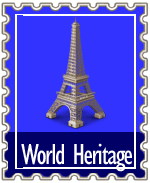 | Norfolk Island issued a set of 12 stamps on World Heritage Site Of Kingston And Arthur’s Vale . Kingston And Arthur’s Vale Historic Area Of Norfolk Historic Area [KAVHA] is one of the 11 Convict sites of Australia which was recently added in 2010 world heritage list.KAVHA Served as a penal settlement station between 1788 and 1856 during which convicts built stone structure in and around Kingston. |
Set Of Ten Stamps Released By Norfolk Island On | ||||||||||||
 | ||||||||||||
| Norfolk Island was used as a penal colony by British government. Penal Colonies were convict settlements wherein prisoners were exiled and separated from general population by placing them in a remote location.These were normally islands or colonial territories. First Penal Settlement [ 1786-1814] In 1786 the British government included Norfolk Island as an auxiliary settlement on a proposal by John Call.It was recommended that the Island’s resources of pine trees and flax could be utilized for the Royal Navy.The first fleet to the Norfolk islands arrived at Port Jackson On 2nd March 1788.The party consisted of 4 military officers, 4 civil officers, 9 male convicts and 6 female convicts.Kingston was chosen for the settlement.An timber house was constructed for the King during April 1788 in Arthur Vale (Watermill Valley).By the end of 1788 thatched and weatherboard buildings were built in the Arthur Vale and town was referred to as “Sydney Bay”. In 1814 the settlement was deliberately abandoned as the pines and flax being unsuitable and weather conditions making servicing extremely difficult. Second Penal Settlement [1824-1855] During 1824 the decision was made by the British Government to re-open Norfolk Island as a penal establishment for the most intransigent convicts .It served as a penal institution for convicts, originally transported from Britain but later on to repeat offenders from New South Wales and Van Diemen’s Land.Because of worst conditions for prisoners and due to sadistic treatment by some commandants the it was closed down in 1855. Third Penal Settlement In 1852 the British Government decided to relocate the Pitcairners and Norfolk Island was chosen as the next settlement. The next settlement began in 1856 when the entire population of Pitcairn Island was transported from their homeland On HMS Juno to begin a new life on Norfolk Island. They were the descendants of sailors who mutinied on the Bounty, made Pitcairn their home with their Tahitian wives.The Pitcairners occupied many of the buildings remaining from the penal settlements, and gradually established traditional farming and whaling industries on the island. | ||||||||||||
 | ||||||||||||
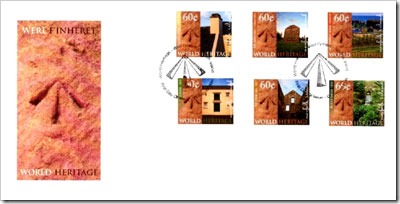 | ||||||||||||
| First Day Cover Of Norfolk World Heritage Site With First Set Of Six Stamps Of Kingston And Arthur Vale Historic Area | ||||||||||||
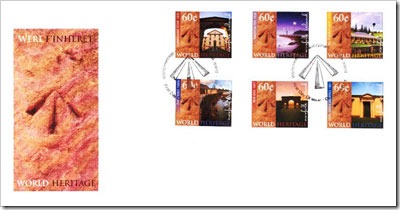 | ||||||||||||
| First Day Cover Of Norfolk World Heritage Site With Second Set Of Six Stamps Of Kingston And Arthur Vale Historic Area | ||||||||||||
 | ||||||||||||
|
Pictorial Cancellation Featuring “Broad arrow motif”. The broad arrow is the symbol most commonly associated with convictism, and this example is from a block of stone in the Commissariat Store museum. | ||||||||||||
 | ||||||||||||
 | ||||||||||||
| A Video On Norfolk Island Where World Heritage Site Of Kingston And Arthur Vale Historic Area Is Located | ||||||||||||
 | ||||||||||||
|






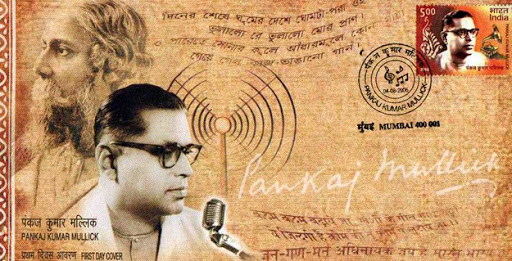
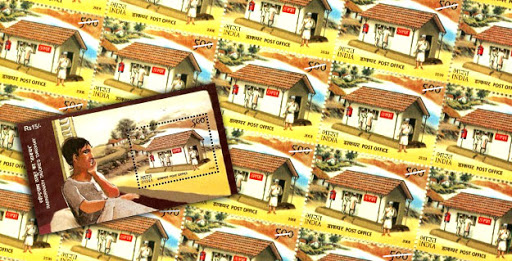
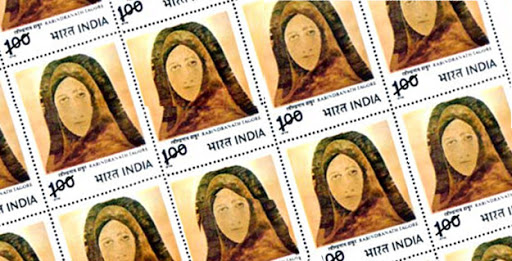
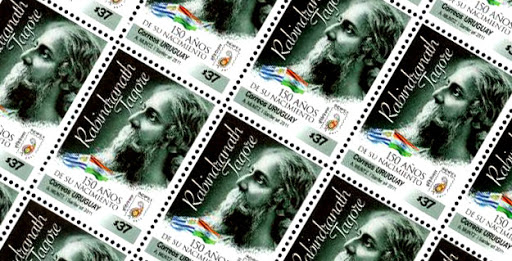
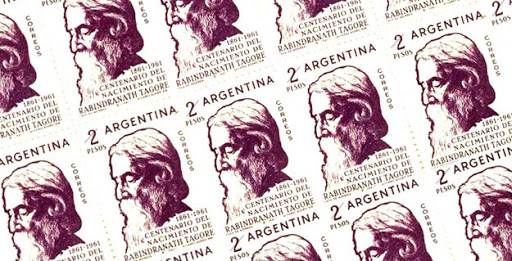
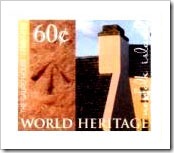
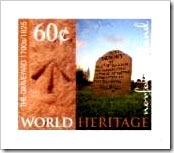
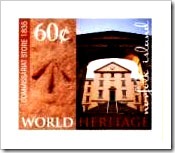
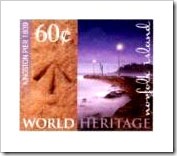
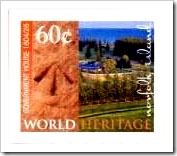
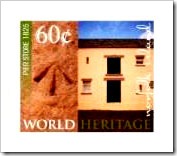
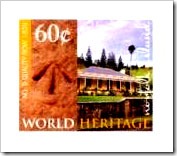
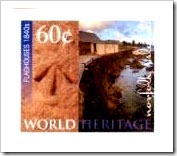
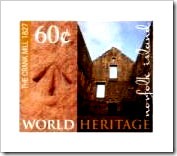
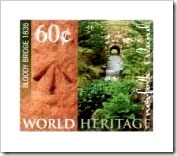
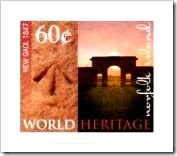
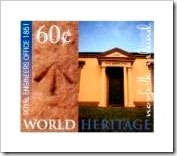
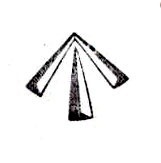
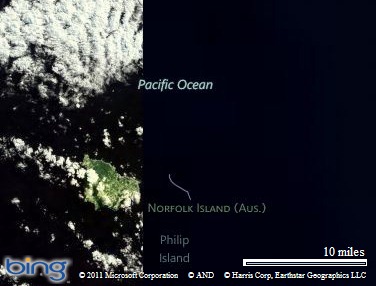
0 comments:
Post a Comment